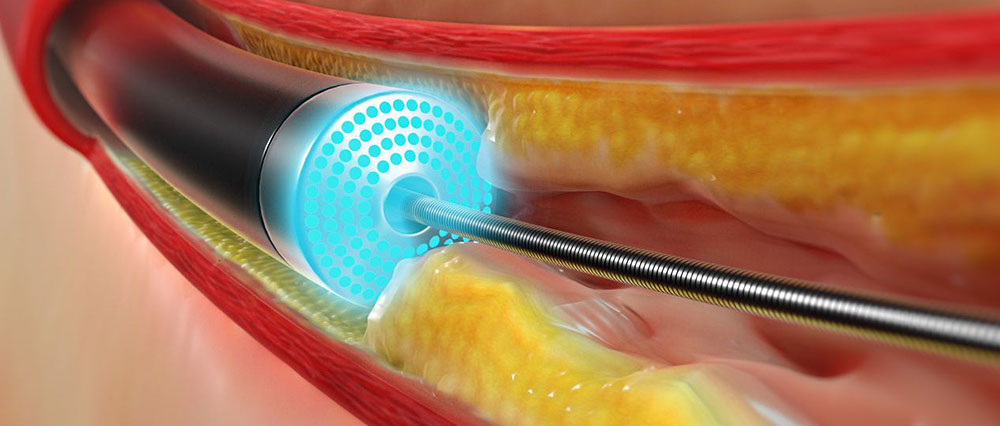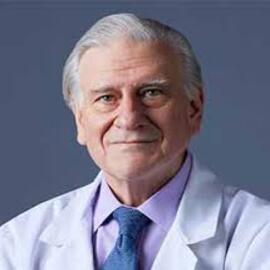
If you've had a heart attack, you may have already had certain procedures to help you survive your heart attack and diagnose your condition. For example, many heart attack patients have undergone thrombolysis, a procedure that involves injecting a clot-dissolving agent to restore blood flow in a coronary artery.
What the Procedure Does
Similar to angioplasty except that the catheter has a laser tip that opens the blocked artery. Pulsating beams of light vaporize the plaque buildup.
Reason for the Procedure
- Increases blood flow through blocked arteries.
What the Procedure Does
Similar to angioplasty except that the catheter has a rotating shaver on its tip to cut away plaque from the artery.
Reason for the Procedure
- Increases blood flow through the blocked artery by removing plaque buildup.
- May also be used in carotid arteries (major arteries of the neck leading to the brain) to remove plaque and reduce risk for stroke.
What the Procedure Does
Treats blocked heart arteries by creating new passages for blood to flow to your heart muscle. It works by taking arteries or veins from other parts of your body — called grafts — and using them to reroute the blood around the clogged artery. A patient may undergo one, two, three or more bypass grafts, depending on how many coronary arteries are blocked.
Reason for the Procedure
- One of the most common and effective procedures to manage blockage of blood to the heart muscle.
- Improves the supply of blood and oxygen to the heart.
- Reduces risk of heart attack.
- Improves ability for physical activity.
What the Procedure Does
Removes a diseased heart and replaces it with a healthy human heart when a heart is irreversibly damaged. Uses hearts from organ donation.
Reason for the Procedure
- Recognized as a proven procedure to restore heart health in appropriately selected patients.
Many patients will need to undergo coronary angioplasty or coronary artery bypass graft surgery (CABG) later to improve blood supply to the heart muscle.
BestHeartSurgery is a comprehensive information portal that gives both the common man and medical professionals.

